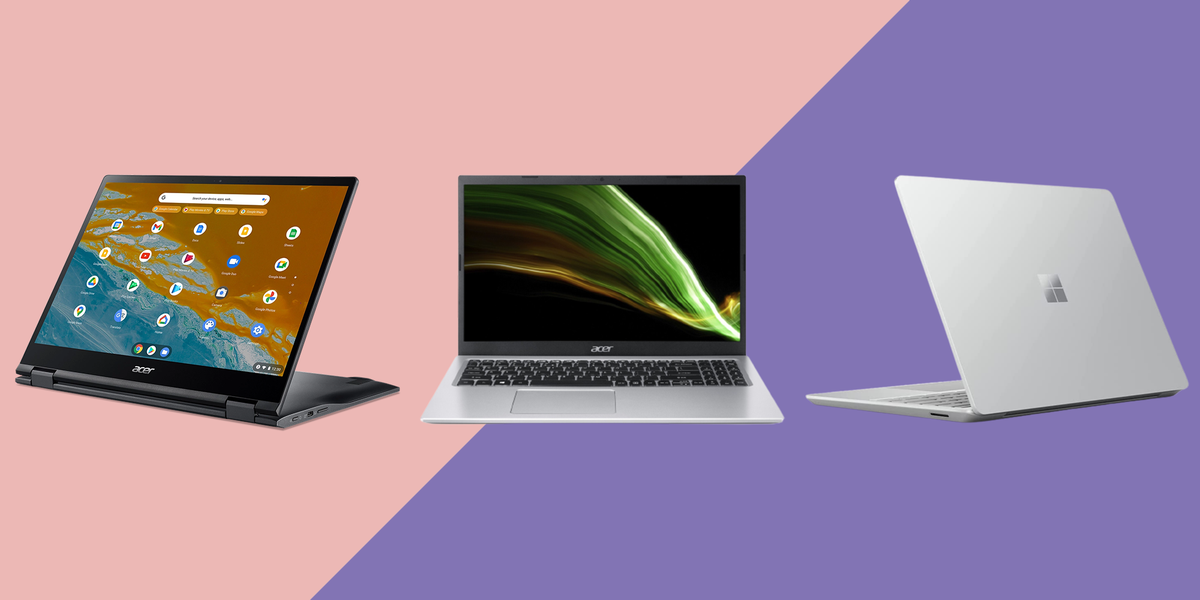Have a glance over a spec sheet and it’s easy to be overwhelmed with tech jargon. Here are the six factors you really need to know about:
Operating system
There are three laptop operating systems: Microsoft Windows, Apple’s macOS, and Google’s ChromeOS. Each type has their own design, stores to download apps from, and customisation options – just like how an iOS smartphone looks and feels different to an Android or Windows phone.
Windows
This is a traditional PC experience and is best if you love having a wealth of settings, customisation and the ability to get software from anywhere. These laptops are ideal for students and working as they come with Microsoft apps like Word or Excel, and games perform best on this OS.
MacOS
This is the main alternative to Windows in terms of functionality and features, and is generally known for its sleek, clean design and ease of use. It is not as cluttered as Windows, but it’s slightly more restricted because Apple has stricter rules about what software is allowed to run on its computers. These are considered to be the best for editing as they have lovely displays and speedy performance, but they’re also generally quite expensive.
ChromeOS
Laptops that run ChromeOS are built around Google’s suite of apps, including YouTube, Sheets, Gmail, Slides, Docs, Maps and Chrome – and you can only download apps from the official Google Play Store. These laptops are usually the most affordable as the software is cloud-based, meaning you’ll usually need an internet connection for them to work properly.
They often (but not always) lack the processing power of Mac or Windows, but they’ll be just as good for both ease of use and portability.
Screen size
Just like the best TVs, your laptop’s screen is measured in inches from corner to corner, diagonally. You’ll mostly find models between 11 and 16 inches at this price range. Keep in mind that the bigger the screen, the heavier and wider the laptop will be, impacting its portability.
Processing power
The processor in the laptop is the brain that runs tasks, apps and software. All of the budget models on our list have enough power for basic tasks like reading websites, watching streaming platforms, listening to Spotify and typing documents, but they’ll struggle with gaming or photo editing. Processor speed is measured in gigahertz (GHz). On Windows, aim for AMD Ryzen or Intel i3 or i5 if possible. Older Mac laptops use Intel; models since 2021 come with Apple’s M-series chips, but those are out of our budget.
Storage space
To save files and photos, you need storage. Basic laptops have 32GB as a minimum, but we recommend at least 64GB if you plan on keeping pictures, videos and apps on a device instead of a cloud service or a hard drive.
Remember, Chromebooks usually have small storage sizes as they use cloud software to keep your files, and a chunk of your total space (usually around 20GB) is reserved for the operating system even before you add anything to the laptop.
Battery life
Unlike a desktop PC, the benefit of a laptop is that you can take it with you to your local coffee shop or move around the house with it, free from having to sit next to a wall plug. Our picks last for up to 15.5 hours on the built-in battery, but this is always impacted by what you’re doing on it; watching loads of YouTube or running multiple tasks at once drains it quickly.
Portability and weight
If you plan on taking your laptop out of the home, always consider its size and weight. All of the laptop models in our round-up are light enough to carry around inside a backpack, weighing between 700g and 1.7kg.







